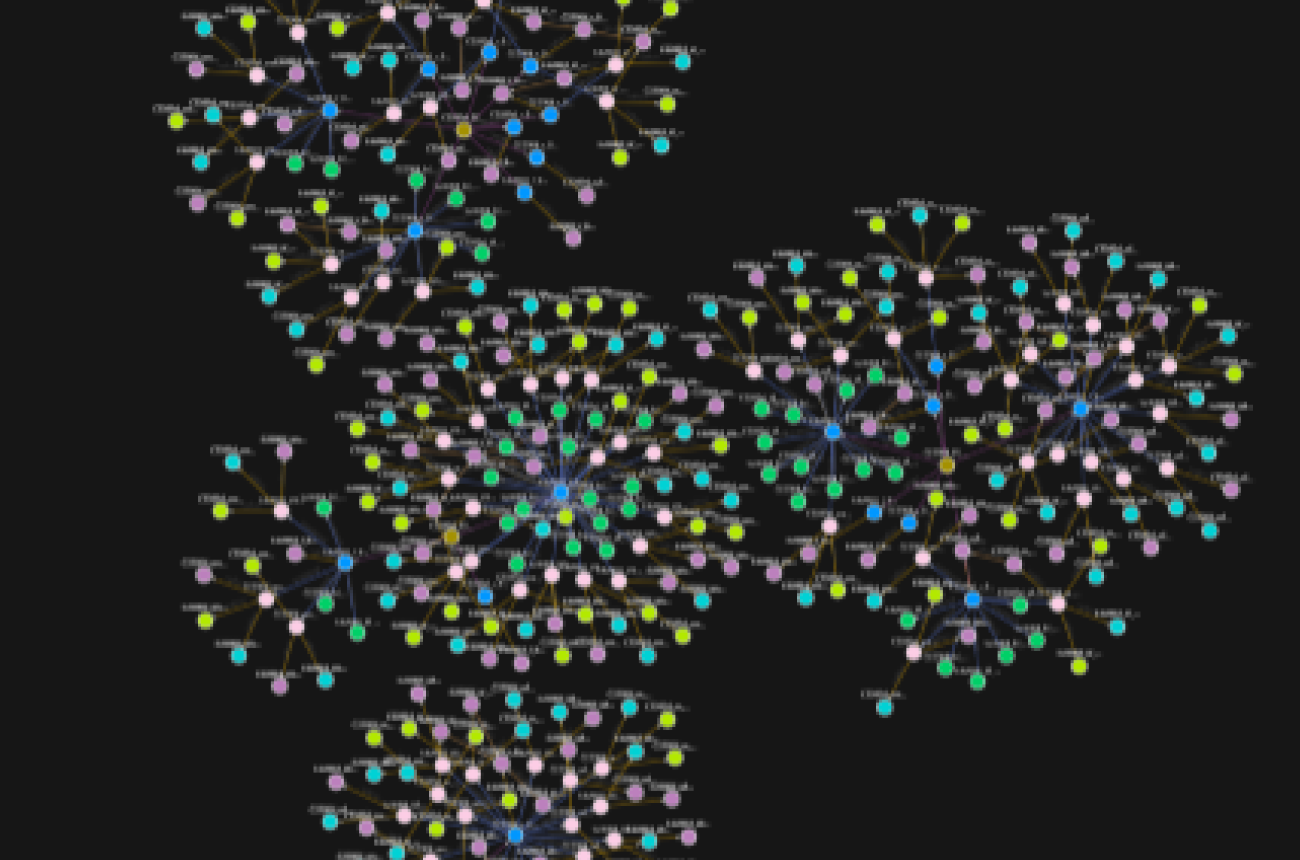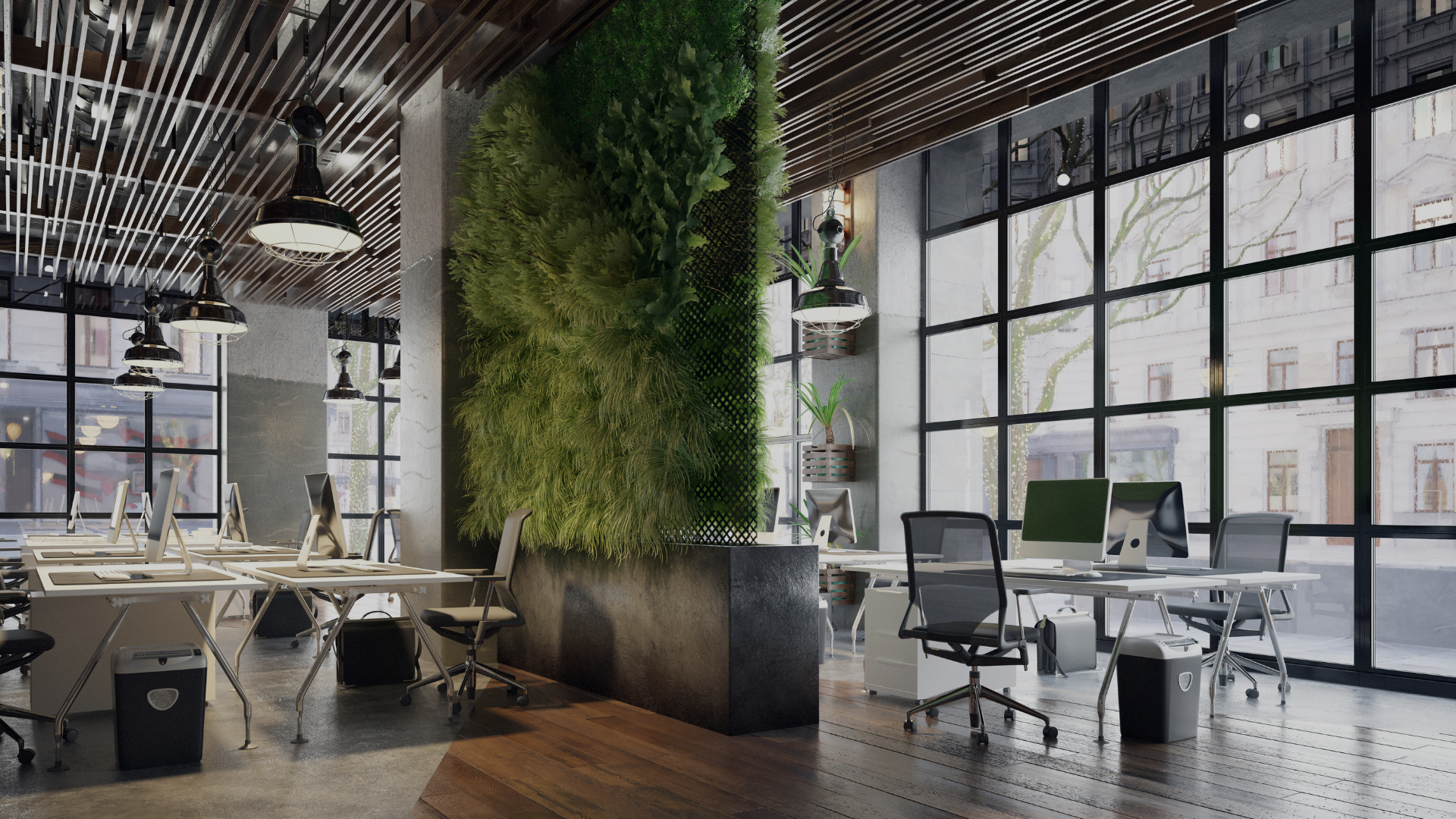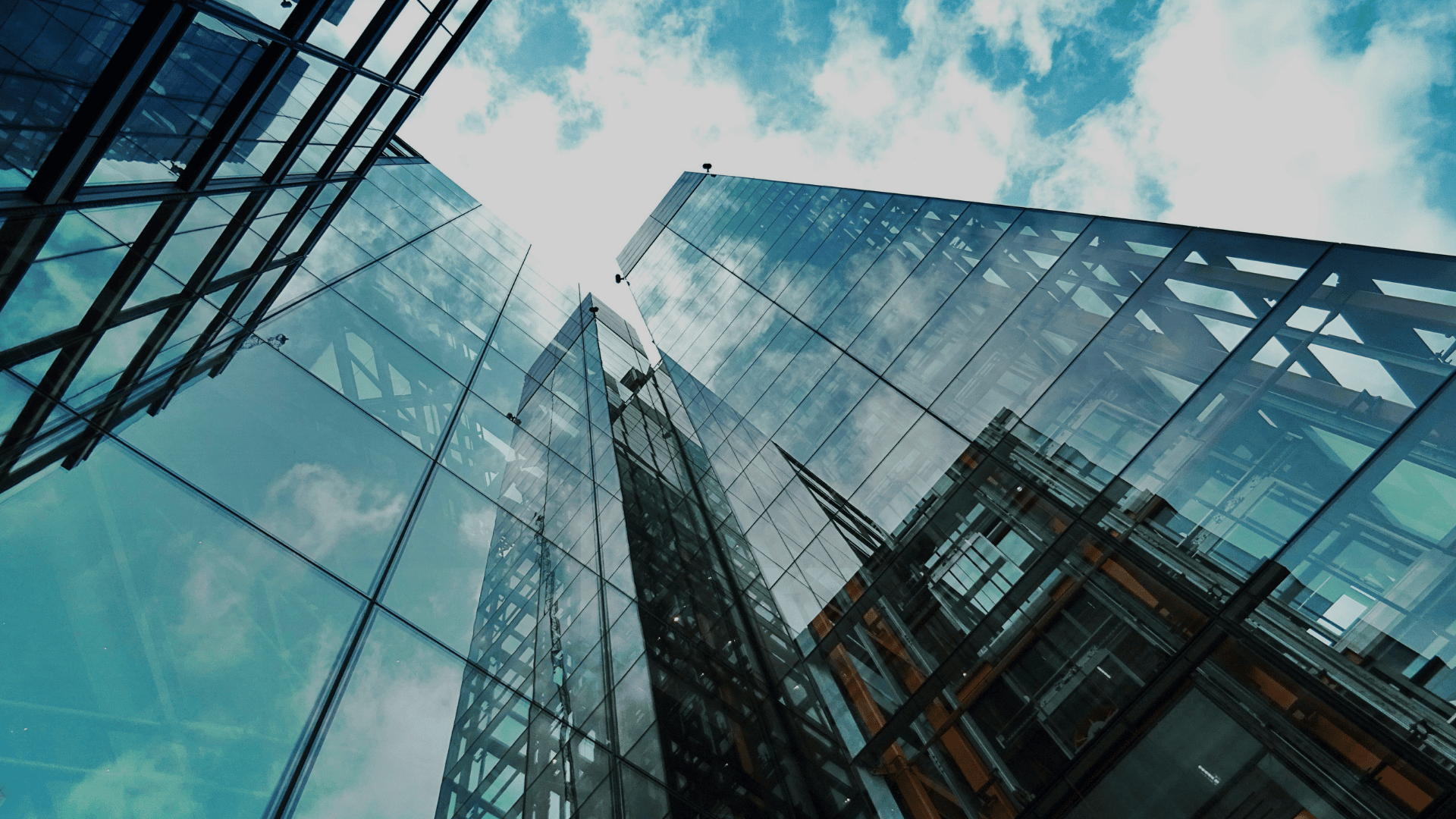
Tenant Comfort: The New Competitive Advantage in Commercial Real Estate
In recent years, expectations around commercial real estate have evolved. Tenants no longer choose buildings based solely on location or price. They’re looking for spaces that actively support wellbeing and productivity of their employees, and help meet broader sustainability goals.
This shift places tenant comfort at the centre of building strategy. Whether it’s optimal temperature control, clean air, or responsive lighting, comfort is now a key factor in tenant retention, ESG alignment, and long-term building value.
Delivering on that promise requires more than periodic maintenance. It calls for real-time building performance monitoring and the ability to respond instantly to changing indoor conditions.
This article explores how comfort is becoming a competitive advantage in commercial real estate, and how Next Sense helps property teams deliver measurable, real-time comfort through smart monitoring, automation, and expert guidance.
Monitoring Temperature, Ventilation, Air Quality and Occupancy
Creating a healthy indoor environment starts with understanding what’s really happening inside the building. For corporate tenants, this insight supports ESG goals and operational efficiency. But ultimately, it’s the people using the space who experience the outcome. A stuffy meeting room or a workspace that feels too warm can directly affect employee wellbeing and shape how the office is perceived day to day.
That’s why Next Sense integrates directly with building management systems to provide live monitoring of different key environmental variables:
- Temperature: ensuring spaces are neither overcooled nor overheated based on external weather or internal occupancy.
- Ventilation: tracking airflow and ensuring fresh air supply in accordance with best practice for health and productivity.
- Indoor Air Quality (IAQ): measuring CO₂ & PPM levels, as well as humidity to ensure a clean, breathable environment.
- Occupancy: understanding how and when spaces are used to align comfort delivery with real tenant presence.
Together, these variables create a dynamic picture of the building’s interior environmental quality. Rather than relying on anecdotal complaints or reactive maintenance, building teams have access to real-time building performance metrics.
Optimizing User Comfort With Automated System Responses
Monitoring is essential, but it is what happens next that truly sets high-performing buildings apart.
With AI-driven controls, Next Sense translates real-time data into automated actions. The platform adjusts HVAC, lighting, and shading systems instantly based on usage patterns, weather conditions, and performance goals. No need to wait for a manual reset or a technician visit.
Here’s how it works in practice:
- If CO₂ levels rise in a meeting room, the system will increase ventilation flow.
- On a sunny afternoon, smart blinds lower to prevent overheating, while artificial lighting adjusts to maintain brightness.
- If a space is unoccupied, cooling and lighting systems reduce output automatically, lowering energy use without compromising tenant experience.
All of this is made visible through the Next Sense Dashboard. Users can explore comfort data in real time, track trends, and correlate energy consumption with occupancy and external variables. Facility managers can set performance targets (e.g. maintaining specific air quality ranges) and receive alerts if systems underperform or exceed thresholds. Optionally, users can even be given access to the Next Sense Control Application where they can make manual adjustments to temperature, lighting and shading to their own preferences. These will be overruled by the system after a given period of time to not impact efficiency greatly.

From Comfort to Improving Building Appeal: Retention, Appeal, ESG, and ROI
Delivering real-time comfort doesn’t just benefit tenants, it has measurable upside for landlords, asset managers and portfolio owners.
By actively managing indoor conditions, properties achieve:
1. Higher tenant retention: Occupants are more likely to stay in buildings that consistently meet comfort expectations. This reduces churn, cuts vacancy costs, and builds stronger long-term lease relationships.
2. Improved building appeal: A building that “feels good” day to day will stand out in a crowded market. Especially for companies adopting hybrid models, workplace comfort is a key factor in their real estate decisions. Providing a healthy, enjoyable environment is now essential to encouraging employees back to the office post-COVID and often proves far more effective than enforcing mandatory attendance policies.
3. Stronger ESG metrics: Air quality, energy efficiency, and thermal regulation all contribute directly to environmental and social impact reporting. The Next Sense platform enables transparent performance tracking, supporting CSRD requirements with downloadable, audit-ready data, helping real estate organizations meet the growing demand for sustainable practices and appeal to environmentally conscious tenants.
Together, these outcomes contribute directly to building performance ROI, through lower operational risk, stronger tenant demand, and improved long-term asset value.
Comfort as a Performance Metric, Not Just a Side Benefit
In an era where tenants, regulators, and investors expect more from buildings, comfort must be treated as a strategic metric, not as an afterthought.
What used to be seen as a “nice-to-have” is now a clear value proposition. One that affects everything from lease renewals and ESG scores to energy bills and both tenant and landlord reputation.
By combining real-time monitoring, AI-controls, and expert advisory services, Next Sense helps clients transform comfort into a measurable, optimisable aspect of building performance.
Ready to See Tenant Comfort Differently?
Whether you're managing a single asset or an entire portfolio, Next Sense provides the tools to deliver comfort, building operational efficiency, and insight at scale. Contact us today!









